
A single photograph can speak louder than government white papers. Captured in Darbhanga, one of Bihar’s key cities, the image of a narrow street submerged in stagnant water—flanked by crumbling homes, open drains, and a stray chicken—tells a long story in a single frame. This is not just a result of a heavy downpour. It’s a symptom of a deeper malaise—systemic neglect, weak governance, and a chronic failure to develop even the most basic civic infrastructure.
This is the story of Bihar’s urban reality—uneven, underfunded, and unbearably slow to change.
Infrastructure on Paper, Water in Streets
Despite years of slogans and schemes, Bihar continues to suffer from poor infrastructure. According to the NITI Aayog's Sustainable Development Goals (SDG) India Index 2023, Bihar ranks among the bottom five states in urban infrastructure performance, scoring only 52 out of 100—far below the national average.
Take Darbhanga, for example. It was included under the Atal Mission for Rejuvenation and Urban Transformation (AMRUT). But by mid-2023, just 18.4% of the allocated funds had been utilized, according to the Ministry of Housing and Urban Affairs. Broken roads, dysfunctional drainage, and localities where rain doesn’t wash away dirt—it pools into disease-breeding puddles.
When Rain Becomes a Crisis
Bihar receives an annual average rainfall of over 1,000 mm, and Darbhanga, being part of the Mithilanchal belt, is no stranger to flooding. However, this image reflects not a river overflow but urban flooding caused by poor drainage.
As per Census 2011, only 28% of Bihar’s urban households had access to underground drainage. A decade later, that number hasn’t even doubled. In comparison, states like Maharashtra and Gujarat have more than 50% coverage.
A 2022 report by IIT Patna confirmed that urban waterlogging in Darbhanga increased by 39% over the last decade, mainly due to illegal construction on old ponds and natural drainage channels.
Broken Systems, Absent Accountability
Despite multiple government announcements, Bihar’s execution record remains grim. In the 2023–24 budget, the Urban Development and Housing Department of Bihar was allocated ₹8,133 crore, yet most of it remains underutilized.
Here’s what the Bihar Economic Survey 2023–24 reveals:
- Only 10% of urban households get piped water for more than 4 hours a day.
- Just 7% of urban areas are connected to a proper sewerage system.
- Solid waste collection reaches only 12% of urban wards.
Add to that the 42% vacancy in Darbhanga Municipal Corporation’s sanitation and engineering departments (as per the CAG report), and you get the perfect recipe for disaster.
Where Chickens Roam and Governments Sleep
The image’s stark irony lies in its details—a chicken foraging in sludge that should’ve never existed in the first place. It reflects the porous boundary between rural and urban Bihar. In a state where urban planning is a bureaucratic afterthought and civic regulation is virtually absent, livestock in lanes, open defecation, and uncovered drains are not rare—they’re normal.
In cities with functional municipal governance, such scenes would provoke outrage. In Darbhanga, they barely register a complaint.
Flood Capital, Not Growth Capital
Located near the Kosi and Bagmati rivers, Darbhanga frequently finds itself on the wrong end of nature’s fury. But while rivers flood during monsoon, this kind of chronic street flooding stems from failed urban planning, not natural disasters.
Encroachments on water bodies, missing drainage maps, and unchecked construction have turned the city’s landscape against itself. The only things flowing freely here are sewage and apathy.
A Mirror to the Nation’s Conscience
The sad truth is this: India cannot dream of becoming a $5 trillion economy while its third-most populous state struggles to provide its citizens with dry, walkable streets.
In the 2022 Ease of Living Index, Patna ranked 111 out of 112 cities. Darbhanga wasn’t even assessed. That, in itself, is telling.
From Stagnation to Solutions
Bihar doesn’t need miracle projects—it needs serious, sustained, and people-first governance. Here’s what can turn the tide:
- Ward-Level Decentralization: Empower local governance bodies with budgets and accountability tools.
- Drainage Mapping and Upgradation: Conduct scientific surveys of blocked drains, missing outfalls, and choke points.
- Inclusive Smart Cities: Prioritize essentials like roads, drainage, and clean water over cosmetic beautification.
- PPP in Sanitation: Partner with private and civil organizations to manage solid waste and sewage systems.
- Community Participation: Use mobile apps or helplines for reporting civic issues and mapping problem zones.
The Puddle That Should Shake Power
That single waterlogged street in Darbhanga is not a local inconvenience—it’s a state-level indictment. It tells us what political manifestos won’t admit and what progress reports hide: Bihar is being left behind.
Until basic urban dignity becomes a political priority—until children stop wading through sewage to reach school—no infrastructure summit, startup conclave, or budget announcement will matter.
Development, after all, must begin from the ground beneath our feet. In Darbhanga, it is still submerged.




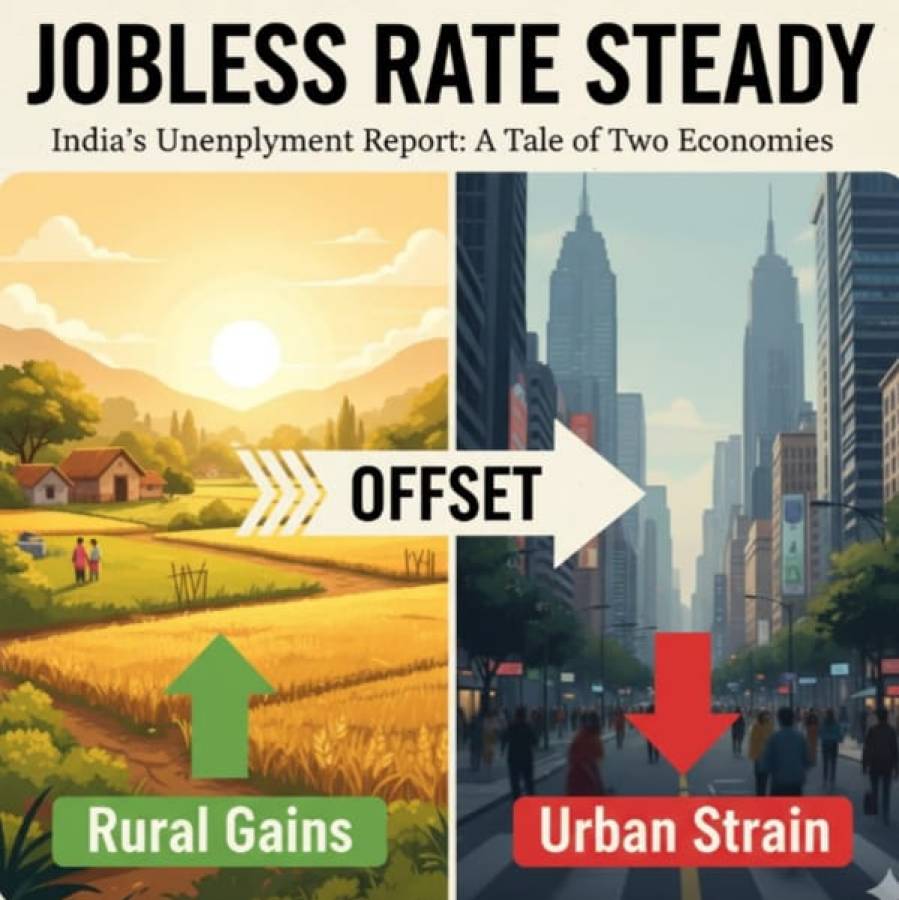
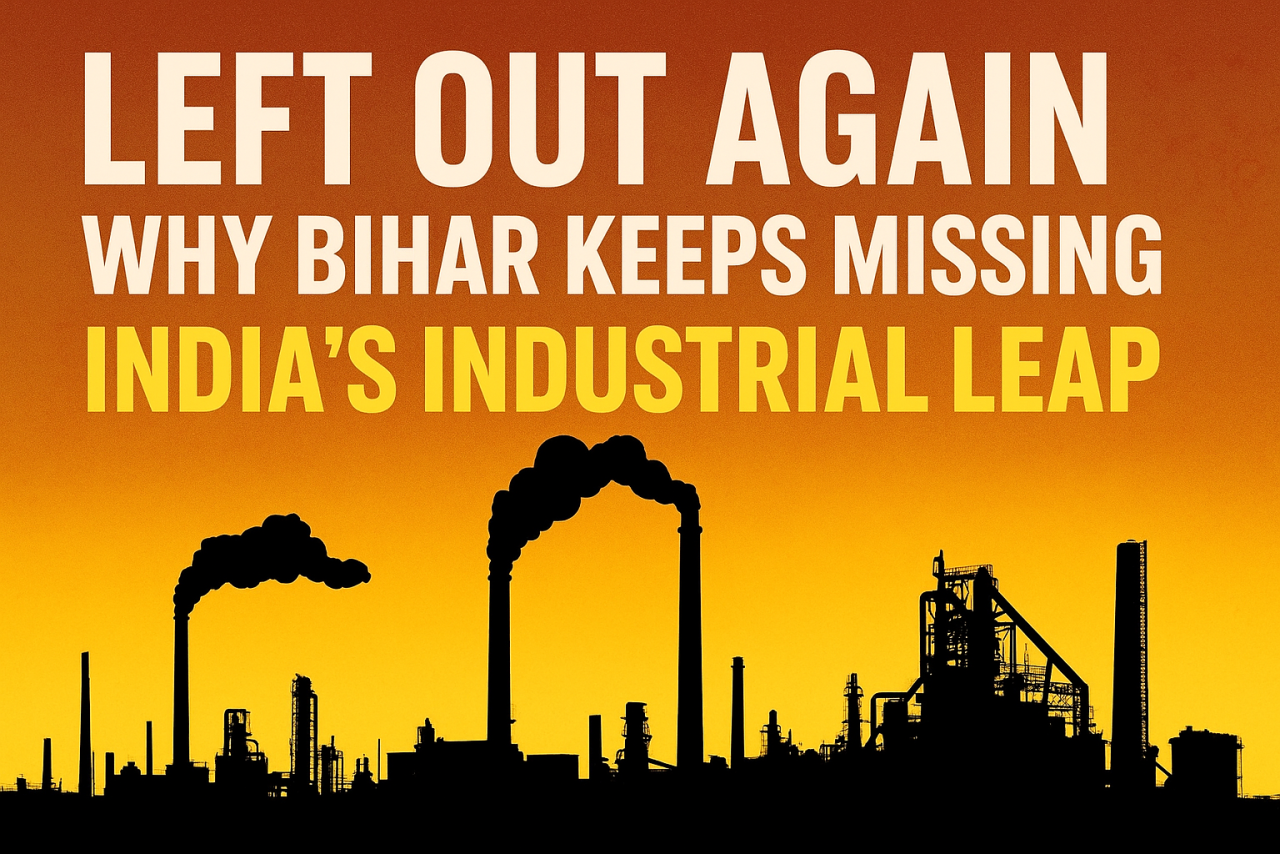




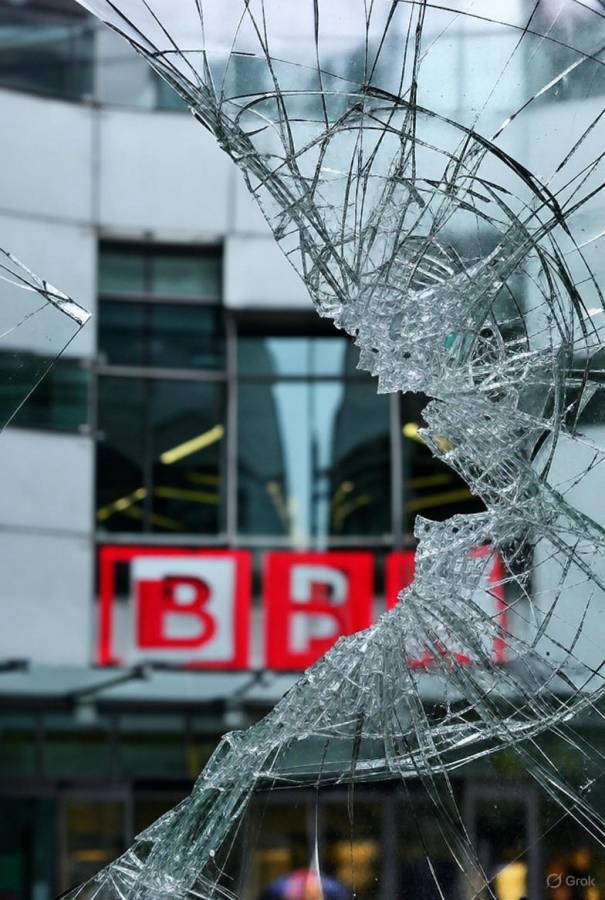
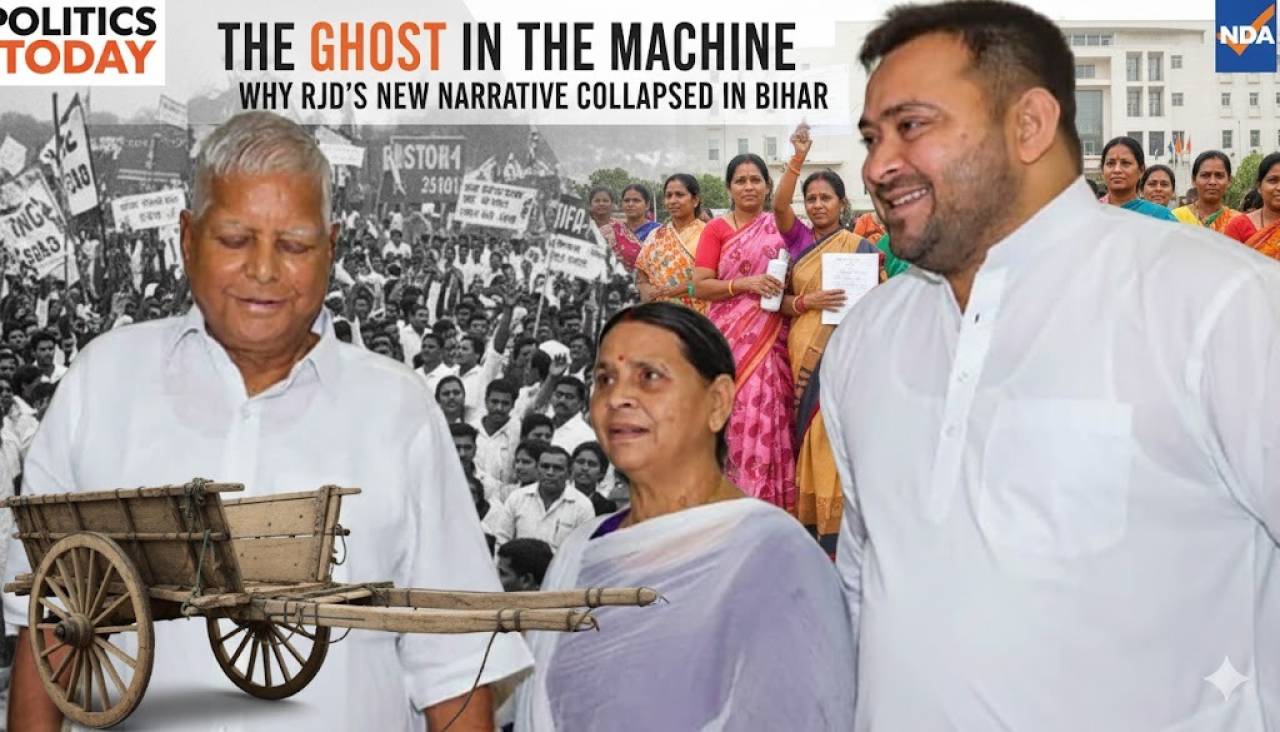
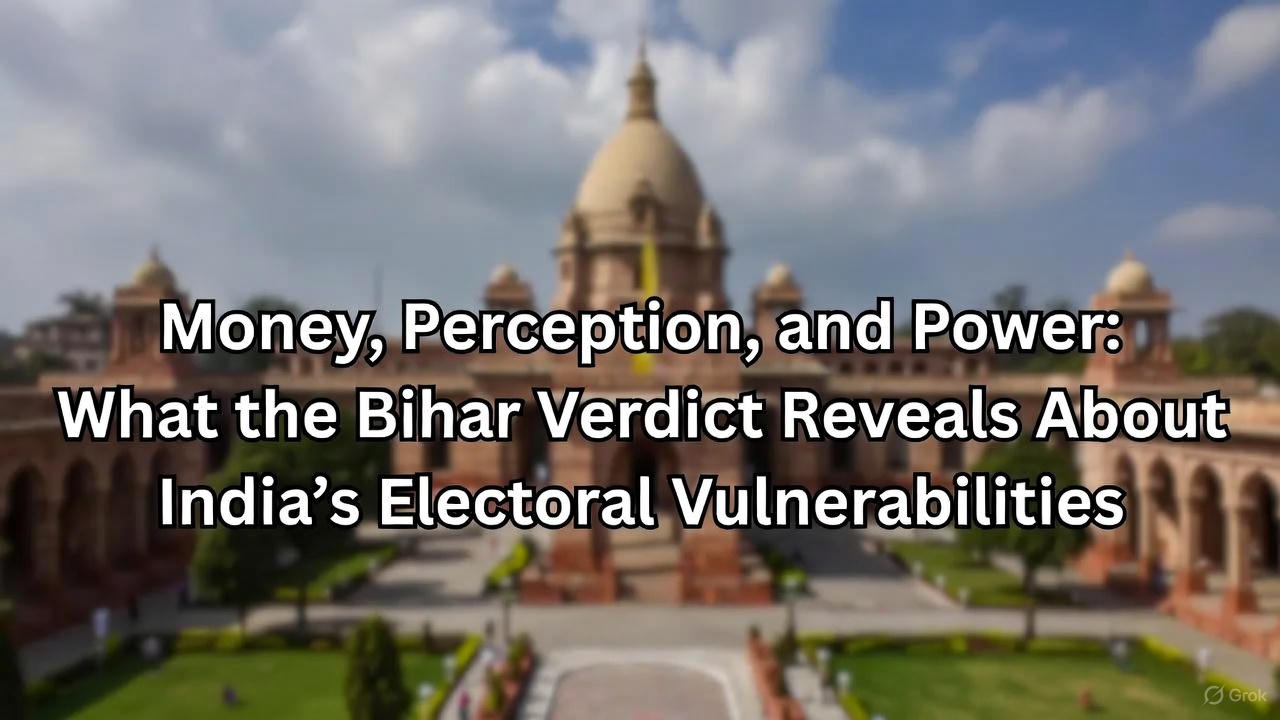









Pk
4 months agoFloating city of Bihar
Pk
4 months agoFloating city of Bihar